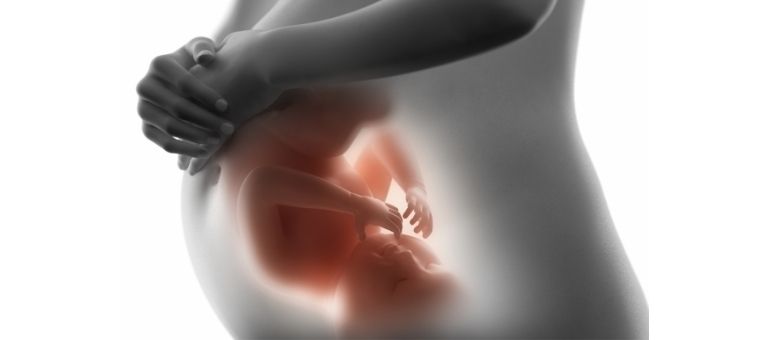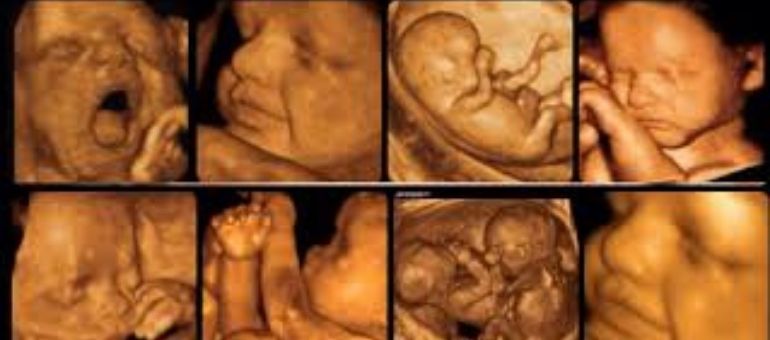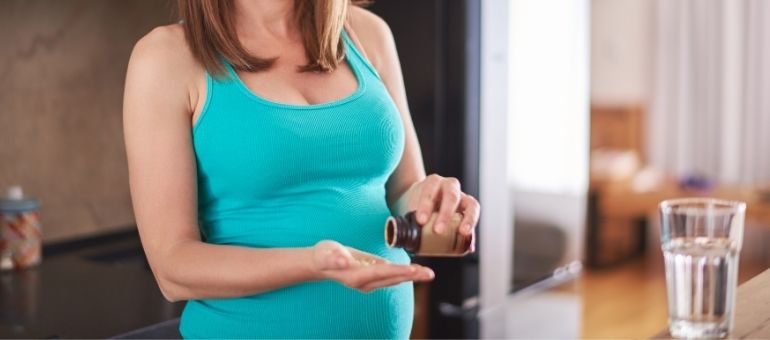This toxin, derived from the bacterium Clostridium Botulinum, is a natural, purified protein. Therefore, the common belief that it is snake venom is completely false. Botox works by blocking the release of a substance called acetylcholine by binding to proteins in the nerve-muscle communication system. This temporarily weakens the targeted muscles. The effect lasts for an average of 4-6 months. The Botox procedure takes about 10-15 minutes, and you can resume your daily activities immediately afterward.
WHERE IS BOTOX APPLIED?
- Wrinkles around the eyes (crow’s feet)
- Expression lines on the forehead and between the eyebrows
- Wrinkles around the mouth
- Neck wrinkles
- The nasolabial fold (the line from the nose to the mouth)
- Lines that extend from the corners of the mouth to the chin
- Sweating in the underarms, palms, and soles of the feet
DOES BOTOX MAKE YOUR FACE LOOK PUFFY?
Botox absolutely does not make your face look puffy; it is a method that only weakens the muscles.
IS A BOTOX APPLICATION PAINFUL?
Although the treatment is applied with an injection, the sensation of pain is almost non-existent.
WHEN WILL I SEE THE EFFECTS, AND HOW OFTEN SHOULD I GET BOTOX?
The effects of Botox begin on the 3rd day and fully appear by the 10th-14th day. It is best to wait for the effects to completely wear off before getting a repeat application, which is typically around 6 months. Frequent and unnecessary applications can trigger the development of Botox antibodies, which will reduce the effectiveness of future treatments.
WILL MY FACE LOOK FROZEN OR SURPRISED AFTER BOTOX?
When Botox is applied in appropriate doses, taking into account the patient’s wrinkle pattern and muscle tone, it does not cause any expression issues. This is why it’s beneficial to have the procedure performed by an expert physician, preferably a board-certified doctor.
WHAT SHOULD BE CONSIDERED BEFORE A BOTOX APPLICATION?
There is a higher risk of bruising in those who use aspirin and painkillers, ginkgo, garlic, ginseng, or Vitamin C. It is best to avoid these medications for a few days before your treatment if possible.
WHAT SHOULD BE CONSIDERED AFTER A BOTOX APPLICATION?
For 24 hours after your treatment, you should not rub or massage the treated area. While makeup is not recommended on the same day, you should not lie on your face for 4 hours and should avoid strenuous exercise. You can shower and do most of your daily activities. Small bumps and dots from the application will disappear within a few hours.
WHO SHOULD NOT GET BOTOX?
The procedure should not be performed on those with neurological conditions, muscle diseases like myasthenia gravis, blood disorders that cause bleeding or clotting issues, or women who are pregnant.
ARE THERE ANY SIDE EFFECTS OF BOTOX?
Botox is not a procedure with many side effects. Generally, there may be very short-term redness and swelling (which fades within half an hour). Sometimes, temporary bruising that can last for a few days may occur in the treated area. Very rarely, temporary asymmetry or drooping eyelids may occur due to the application technique or the Botox affecting neighboring muscles. These types of side effects usually subside within 1 month.
ARE THERE NON-COSMETIC USES FOR BOTOX?
Apart from cosmetic use, Botox is also widely used to treat underarm, hand, and foot sweating (hyperhidrosis), teeth grinding (bruxism), and migraines.






